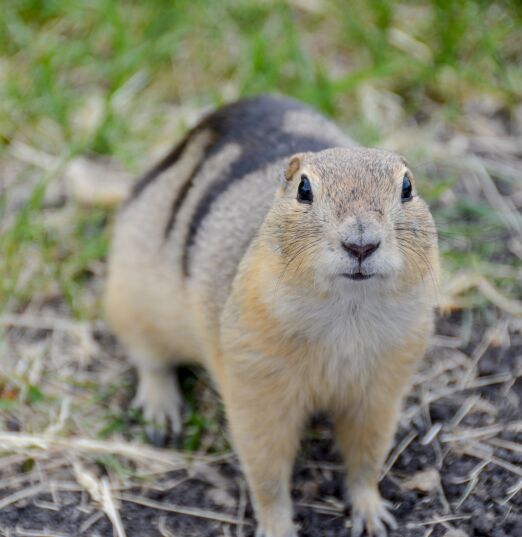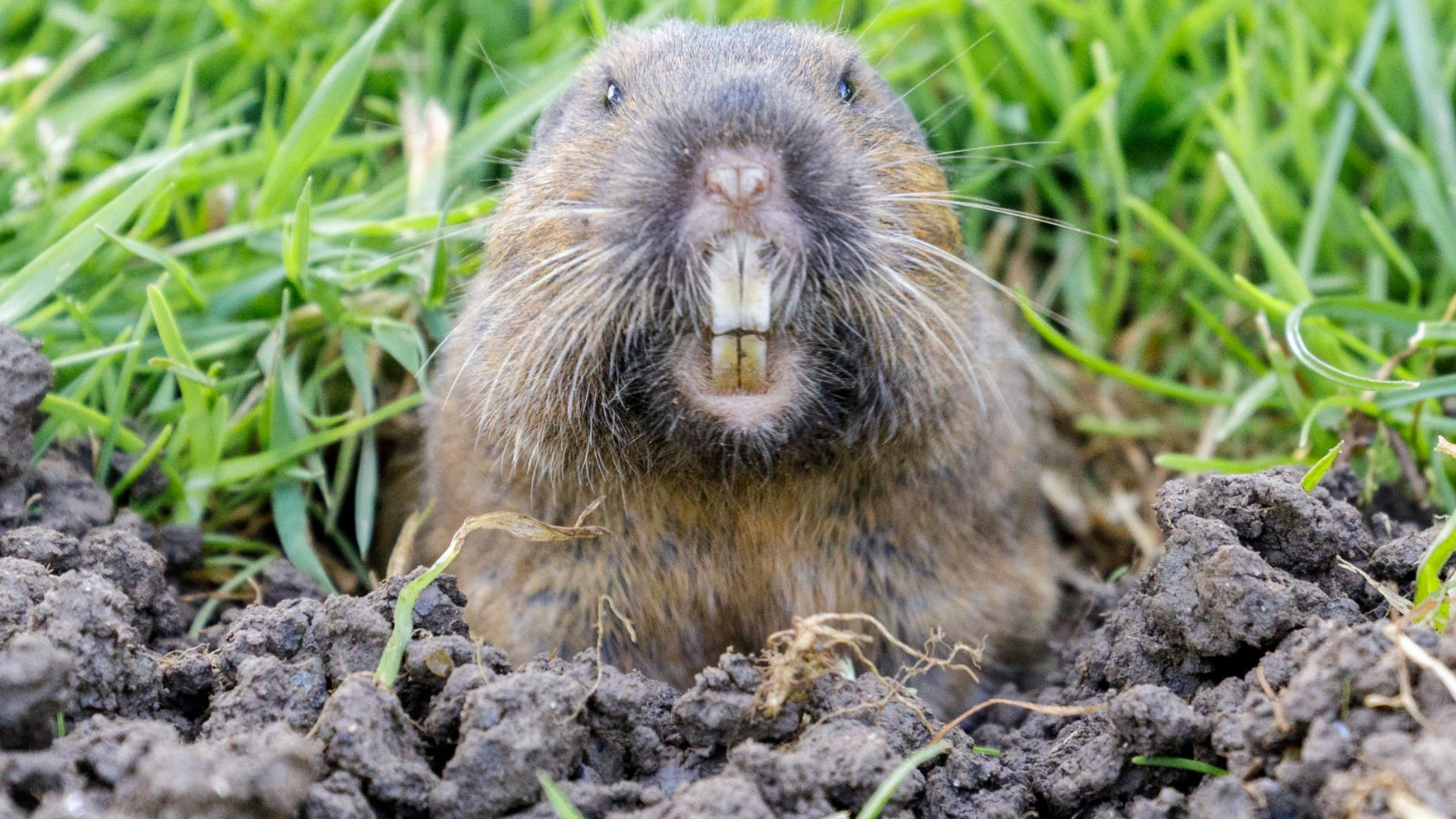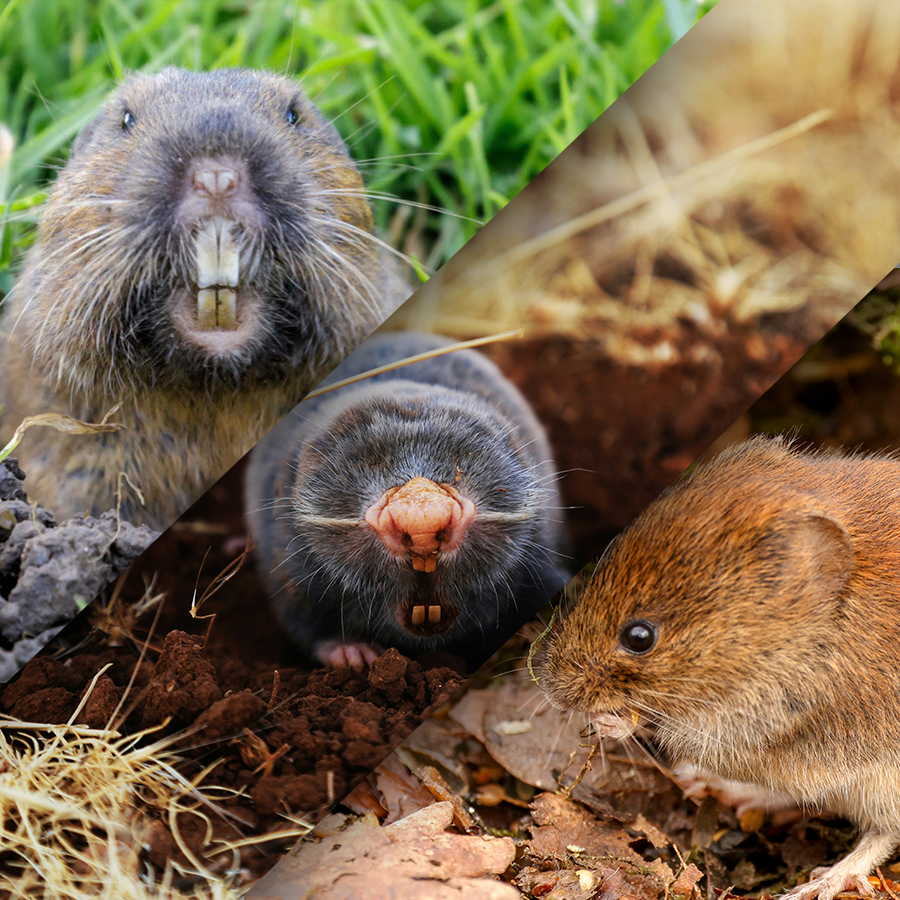Quit Gophers in Their Tracks: Comprehensive Control Techniques
Quit Gophers in Their Tracks: Comprehensive Control Techniques
Blog Article
Specialist Techniques for Securely and Effectively Eliminating Gopher Infestations With Insect Control
In the realm of insect control, gopher invasions posture an unique difficulty that demands accuracy and knowledge to efficiently deal with. By recognizing the ins and outs of gopher actions and executing targeted insect control measures, one can successfully combat these below ground bugs. Let's explore the elaborate world of gopher control to discover the most effective techniques for minimizing this common hassle.
Identifying Gopher Activity Indicators
Gophers are well-known for their below ground tunneling tasks, which typically result in piles of fresh soil scattered across the yard or yard. In enhancement to noticeable mounds, gopher task can additionally be discovered through the visibility of gnawed origins, stems, or plants near passage entryways.
Moreover, gophers are understood to produce fan-shaped dirt piles or raised ridges in the soil, showing the location of their below ground burrows. These raised ridges can interrupt the evenness of the ground surface and may be come with by tiny holes where gophers enter and exit their tunnels. Furthermore, gophers might leave routes or tracks on the soil surface area as they move in between feeding locations and their burrows. By carefully observing these refined signs, building proprietors can promptly deal with and determine gopher infestations before they cause extensive damage to the landscape.
Selecting the Right Bug Control Technique

Applying Safe Application Practices
To guarantee the effective and risk-free eradication of gophers from your residential or commercial property, it is essential to very carefully apply correct application practices. When applying pest control steps, always check out and comply with the directions provided by the product manufacturer.
Additionally, when applying insect control products, see to it to prevent and use the correct dosage overapplication, as this can be hazardous to the environment and wildlife. Effectively save any remaining products in a protected location away from pets and youngsters. After finishing the application, wash your hands thoroughly with soap and water. Seek clinical focus promptly if you experience any type of unfavorable reactions throughout or after the application. By sticking to these safe application techniques, you can efficiently get rid of gophers while lessening risks to on your own, your enjoyed ones, and the atmosphere.
Surveillance and Assessing Control Outcomes

Additionally, making use of monitoring tools such as lure stations or video camera traps can give page useful data on gopher activities and feeding routines, aiding in determining the efficiency of the control procedures. It is necessary to document all searchings for diligently, consisting of gopher sightings, damage control, and any adjustments in populace dimension.
Assessment of control results entails examining the collected data to figure out the success of the carried out strategies - gopher control. Comparing pre- and post-treatment gopher other task levels, examining damage reduction, and taking into consideration any environmental influences are important elements of this assessment procedure. Adjustments to the insect control strategy may be essential based upon these evaluations to accomplish optimum results in gopher elimination
Stopping Future Gopher Infestations
Implementing proactive actions is necessary to stop future gopher infestations and preserve efficient insect control administration. Gophers are attracted to rich vegetation, so keeping grass well-trimmed and staying clear of disordered bushes and plants can assist discourage these parasites.
Regularly evaluating the property for indicators of gopher task is crucial in determining and dealing with potential invasions at an early stage. Watch out for fresh piles of dust, ate plants, and tunneling patterns across the lawn - gopher control. By capturing gopher task at the preliminary phases, you can stop the population from developing itself and triggering extensive damages
In addition, working together with a professional bug control solution for routine evaluations and therapies can considerably minimize the threat of future gopher infestations. Pest control specialists have the expertise and tools to efficiently take care of gopher populations and apply precautionary steps tailored to your residential or commercial property's certain requirements. By taking a positive method to pest control, you can secure your home from gopher problems and ensure a pest-free atmosphere.

Conclusion
Finally, efficiently managing gopher infestations through correct identification, choice of suitable pest control methods, secure application practices, and ongoing monitoring is critical for effective elimination and prevention of future episodes. By complying with expert strategies and implementing these steps diligently, residential property owners can maintain a gopher-free setting while making sure the security of both humans and the atmosphere.
By understanding the details of gopher behavior and carrying out targeted pest control actions, one can effectively deal with these below ground pests.After recognizing the warning signs of gopher task on the residential property, the following essential action is to thoroughly review and select the most efficient parasite control technique.In order to establish the performance of the executed parasite control steps and make sure the successful elimination of gophers, it is critical to develop a systematic framework for tracking and evaluating control results. Pest control specialists have the understanding and devices to effectively handle gopher populaces and apply preventive steps tailored to your property's particular requirements. By taking an aggressive strategy to pest control, you can safeguard your residential click this site property from gopher infestations and make sure a pest-free atmosphere.
Report this page